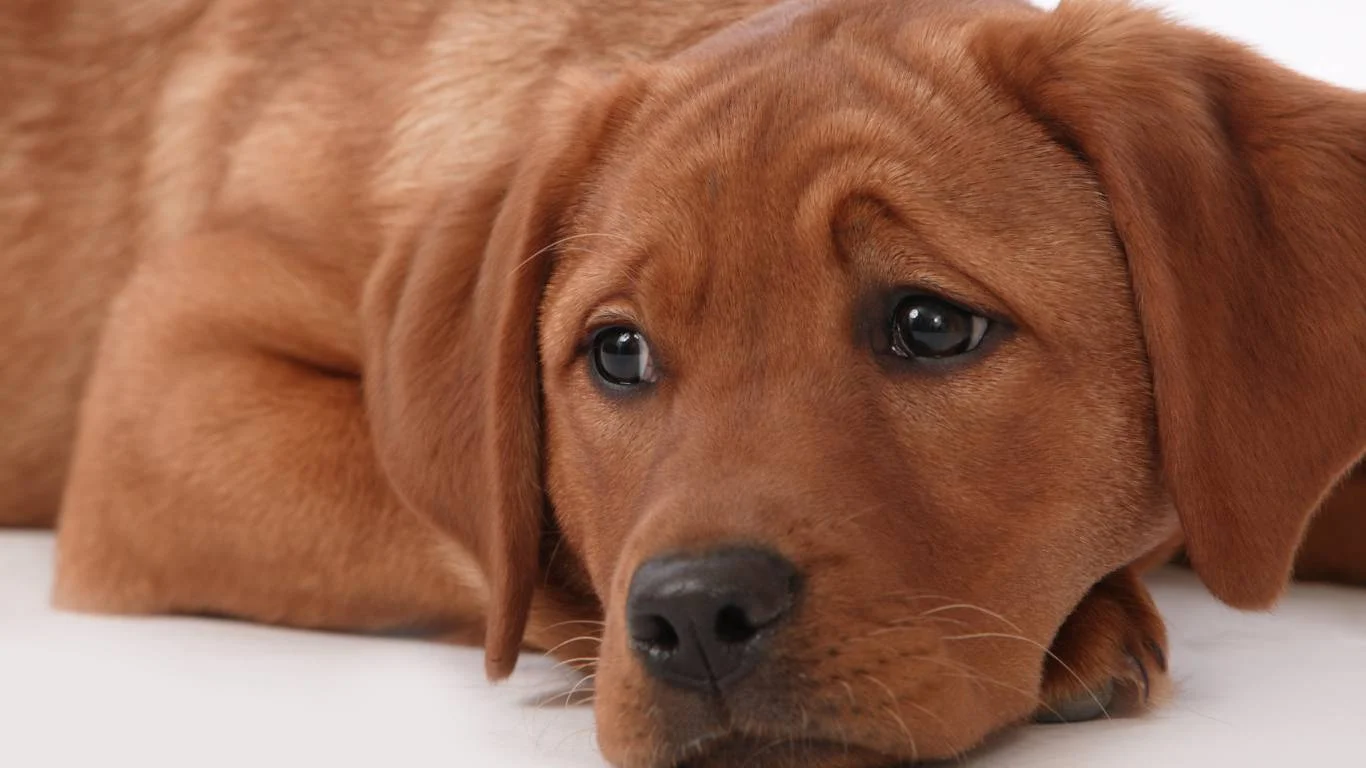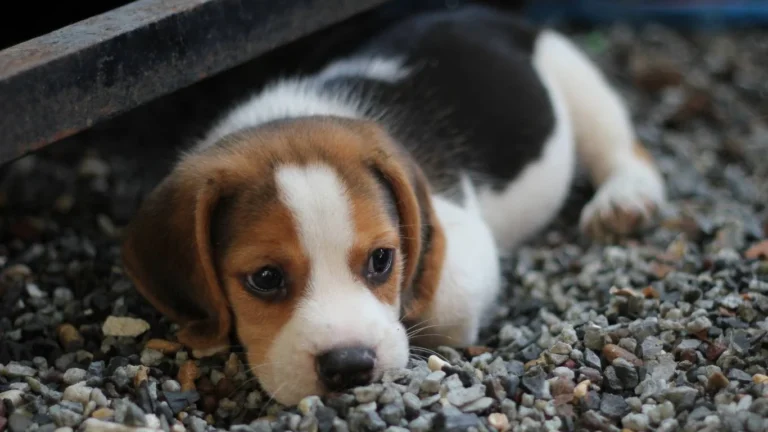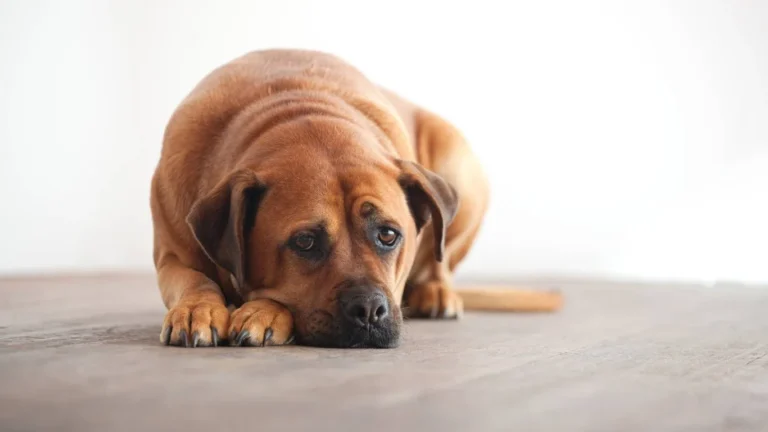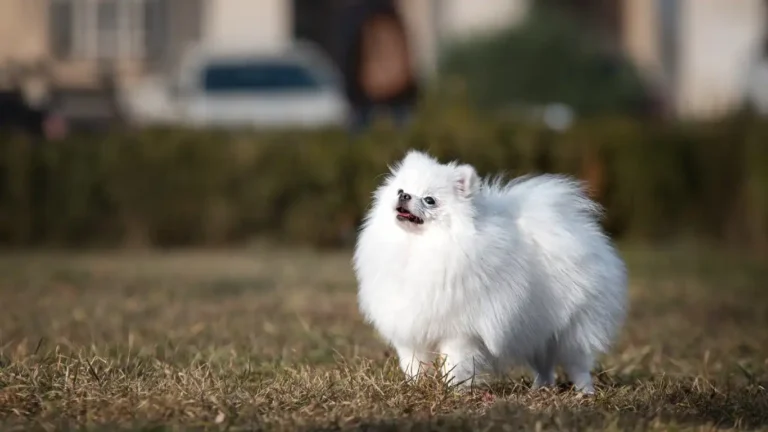Worried About Your Dog Limping After Play? Help Starts Here
If your dog starts limping after a fun play session, it can be worrying. One minute they’re chasing a ball with full energy, and the next, they’re favoring one leg or refusing to walk. Limping in dogs is common, especially after vigorous activity. While some cases are minor and resolve quickly, others may need a closer look. Understanding why your dog is limping and how to help can ease your concerns and get your furry friend back on their paws.
Understanding Why Dogs Limp
Limping, also called lameness, happens when a dog avoids putting full weight on one or more of their legs. It’s usually a sign that something hurts. This could be from an injury, overuse, or an underlying condition.
To understand limping, it helps to know a little about a dog’s leg structure. Dogs have bones, joints, muscles, tendons, and ligaments—just like people. When any of these parts are strained, sprained, or injured, limping can happen.
Some dogs may limp suddenly after jumping or twisting the wrong way. Others may develop a limp more slowly, especially if there’s inflammation or joint pain.
Because dogs can’t tell us what’s wrong, watching how they walk and behave is key to figuring out the cause.
How a Dog’s Legs Work
Each of a dog’s legs is made up of several important components that allow movement and support body weight:
- Bones: These provide structure. In the front legs, major bones include the humerus, radius, and ulna. In the back legs, they include the femur, tibia, and fibula.
- Joints: Where two bones meet. Common problem areas include the elbow, shoulder, knee (also called the stifle), and hip.
- Ligaments: These are strong bands of tissue that connect bones and stabilize joints.
- Tendons and muscles: These control movement and provide strength and flexibility.
All these parts work together. If any piece gets strained or damaged, your dog may limp to protect the sore area or avoid pain.
After playing hard, a dog might overuse or twist something. Minor injuries can heal quickly, but others may need rest or treatment.
Common Causes of Limping After Play
There are many reasons a dog may limp after being active. Some are mild and temporary, while others require veterinary care.
Here are some of the most common causes:
- Soft tissue injury: This includes strains and sprains to muscles, tendons, or ligaments. It’s the most frequent cause after play. These usually heal with rest.
- Paw injury: Dogs can cut or bruise their paw pads on sharp objects. Splinters, glass, or even small rocks can get lodged between toes.
- Nail issues: A cracked, torn, or overgrown nail can cause limping, especially if it catches on something during play.
- Joint pain or arthritis: In older dogs or breeds prone to joint issues, even short bursts of activity can cause inflammation and discomfort.
- Luxating patella: This is when the kneecap slips out of place. It’s common in small breeds and often causes intermittent limping.
- Hip dysplasia or elbow dysplasia: These are genetic joint problems where the bones don’t fit together properly. Active play can make symptoms flare up.
- Ligament tear: A torn cranial cruciate ligament (similar to the ACL in humans) can happen during running or jumping. This usually causes sudden, serious limping.
- Fractures or dislocations: These are less common but serious. If a bone breaks or a joint pops out of place, your dog may not be able to put any weight on the leg.
Noticing when and how the limp starts—suddenly or over time—can give you clues about what’s going on. Also watch for swelling, heat, or sensitivity when touching the leg or paw.
What You Can Do at Home
If your dog is limping but otherwise seems okay (eating, drinking, playful), try these steps first:
- Let them rest: Avoid walks, jumping, or stairs for 24–48 hours. Rest is often the best medicine for minor strains.
- Check the paws: Look for cuts, stuck objects, or broken nails. Gently clean any wounds and remove debris if it’s safe to do so.
- Use a cold compress: Wrap ice in a towel and apply to the swollen or sore area for 10–15 minutes a few times a day.
- Limit movement: Keep your dog in a small room or crate if needed to prevent further injury.
Do not give human pain medications unless your vet tells you to. Some, like ibuprofen or acetaminophen, can be toxic to dogs.
If your dog improves in a day or two, it may have been a mild injury. But if the limp doesn’t go away—or gets worse—it’s time to check in with your vet.
When to Call the Vet
Sometimes limping is a sign of something more serious that needs medical care. You should contact your veterinarian if:
- The limp lasts more than 48 hours without improvement
- Your dog is whining, panting, or seems in pain
- Your dog refuses to put any weight on the leg
- There is swelling, heat, or obvious injury
- Your dog was hit by something, fell, or had a sudden injury
- You see signs of infection like pus, redness, or a bad smell
Your vet may recommend an exam, X-rays, or other tests to find the cause. They might suggest medications for pain or inflammation, or refer you to a specialist if needed.
In some cases, surgery or physical therapy may be part of the treatment plan. Catching issues early can help prevent long-term problems.
Helping Your Dog Heal
With care and attention, most limping after play improves quickly. Keep your dog calm and limit activity until the leg is fully healed. Gradually return to normal walks and playtime when your vet gives the okay.
If your dog has a condition like arthritis or joint issues, your vet may recommend ongoing care such as joint supplements, weight management, or special exercises.
Don’t worry if recovery takes time. Just like people, dogs may need a little extra rest after an injury. Your love and patience make all the difference.
If you’re ever unsure, it’s always best to ask your vet. They can help you figure out what’s wrong and how to support your dog’s recovery.






